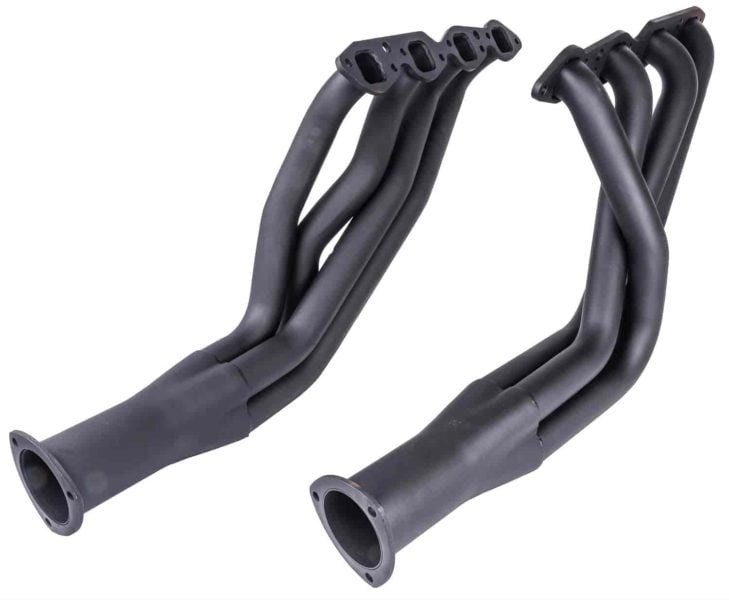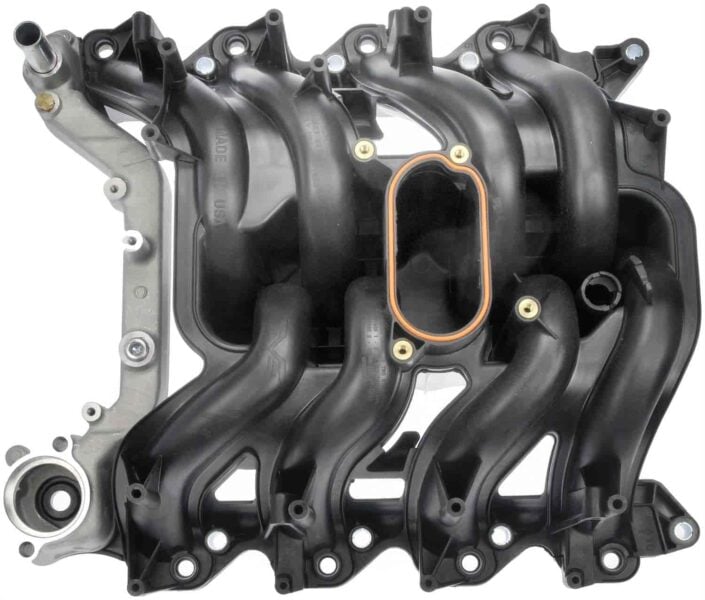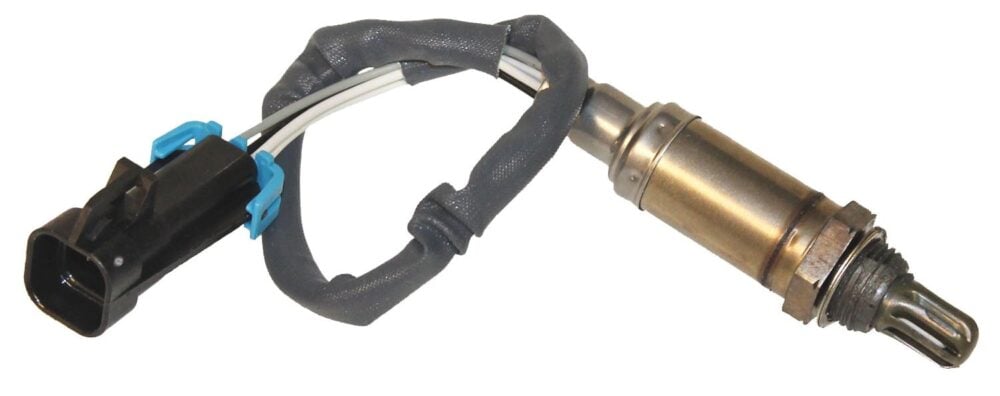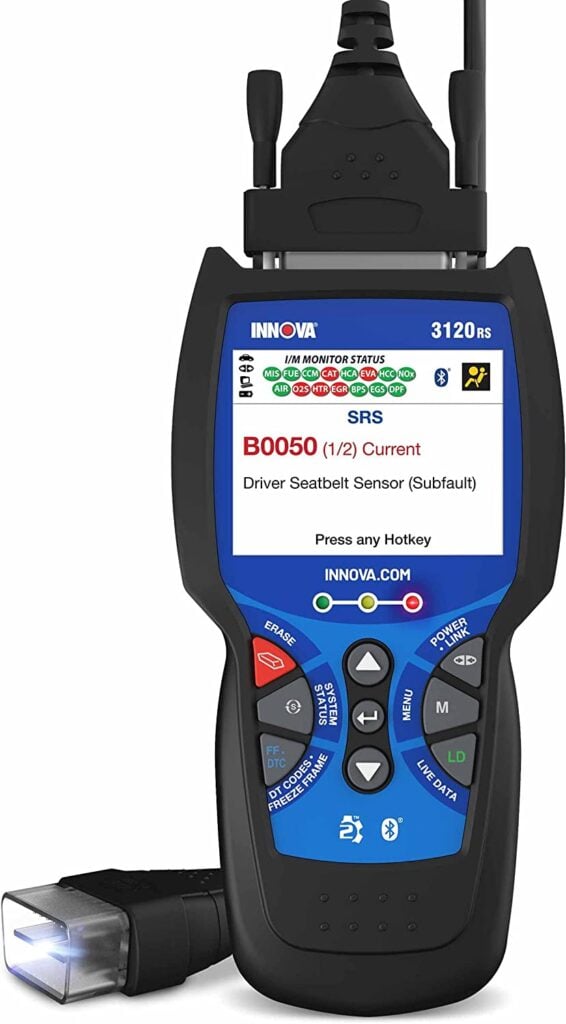
Is your vehicle showing symptoms like a check engine light, poor fuel mileage, or reduced performance? Is the engine running rougher than usual or struggling to start? It may be that one or more of your cylinders are misfiring, meaning they’re not detonating properly.
When this happens, your car's computer typically triggers a P0300 engine code, signaling a random or multiple-cylinder misfire. How serious is a P0300 code? Well, it doesn't usually mean you have to pull over right away, but it really depends on what’s causing the misfire(s).
Often, the issue stems from a bad spark plug or wire. Yet, problematic fuel injectors, ignition coils, or other troubles related to the cylinder's air-fuel ratio may also be to blame.
Ignoring a P0300 code can compromise engine performance, reduce efficiency, and cause lasting damage. For these reasons, your best bet is to promptly address the problem to avoid complications.
So that you know what to expect, this article delves into the symptoms, causes, and severity of the P0300 code. We'll also guide you on how to diagnose and address its root cause.
What is the P0300 Code and the Symptoms?
A P0300 engine code indicates a random or multiple-cylinder misfire has been detected by your car’s On-Board Diagnostic II (OBD-II) system. But what exactly is a misfire, and how does it affect vehicle performance?
A misfire occurs when one or more cylinders fail to fully ignite its air-fuel mixture. Instead of a consistent combustion process, there's either a partial burn or none at all. This disruption can make the engine run unevenly, leading to rough or erratic performance that can lessen long-term reliability.
To help you spot a potential misfire, we'll next review some of the most common symptoms you might experience.
- Check Engine Light: A check engine light appearing is often the first sign of a problem. While various issues can prompt this dashboard indicator, a consistent or blinking light could suggest a misfire, especially when accompanied by other symptoms on this list.
- Poor Fuel Economy: Misfires disrupt the efficiency of a vehicle’s combustion process, leading to unburned fuel and increased consumption. If you're filling your gas tank more often without driving extra miles, there may be a misfire affecting your fuel efficiency.
- Reduced or Rough Engine Performance: If your vehicle feels sluggish while accelerating or exhibits jittery and unstable behavior, especially at idle, it may not be "firing on all cylinders." Such symptoms suggest potential misfires, which can reduce both power and efficiency.
- Failed Emissions Test: Unburnt fuel from a misfire can increase carbon monoxide levels coming from your tailpipe. This gas is not only poisonous but is also bad for the environment. If your vehicle fails its emissions test, a misfiring cylinder may be to blame.
- Engine Hard Starts: Lastly, if you notice your engine hard starting, meaning it hesitates or takes longer to turn over or takes multiple attempts, it could be from a misfiring cylinder. Besides possibly leaving you stranded, these issues can strain the battery and starter, potentially causing long-term problems.

How Serious is the P0300 Code and What are the Causes?
Now that you know what a P0300 engine code is and what its most common symptoms are, you’re likely wondering what the causes are. In most cases, a bad spark plug is to blame, or a faulty ignition coil or plug wire, but there are a lot of potential culprits.
Here’s the full list of common P0300 causes:
- Damaged spark plugs or related parts (wires, coils, distributor cap)
- Faulty fuel system components (injectors, low fuel pressure)
- Improper ignition timing or related sensor issues (camshaft, crankshaft, PCM)
- Airflow and vacuum issues (EGR valve blockages, vacuum leaks, mass airflow sensor, oxygen sensor)
- Bad throttle position sensor (TPS) or catalytic converter
As you can see from the above list, many issues can prompt a P0300 code, ranging from simple wear and tear, like fouled spark plugs, to more complex failures, such as a bad sensor or a faulty catalytic converter.
Can I Still Drive with a P0300 Code On My Car?
Driving a vehicle with a P0300 engine code can be a gamble. While the code indicates a misfire, the severity and implications can vary based on the underlying cause.
In some cases, it might be a minor issue like a bad spark plug, which, while not ideal, won't immediately jeopardize your vehicle. But, know that continuous driving with such a condition can lead to reduced fuel efficiency and increased emissions.
If the misfire stems from a more serious problem, like faulty TPS or MAF sensors or a faulty catalytic converter, driving can worsen the issue, leading to further damage and potential safety concerns. For instance, a faulty catalytic converter can overheat, posing a fire risk.
Ultimately, while it might be possible to drive short distances with a P0300 code, you really shouldn't push your luck. To ensure you don't run into further issues down the line, your best bet is to diagnose the underlying cause and resolve it as soon as possible.
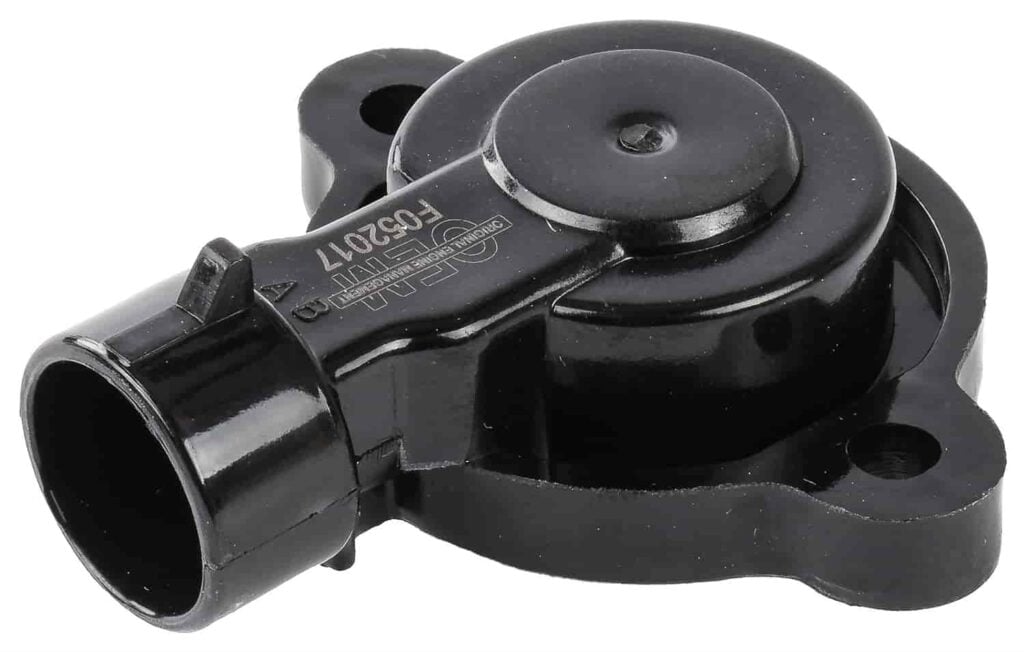

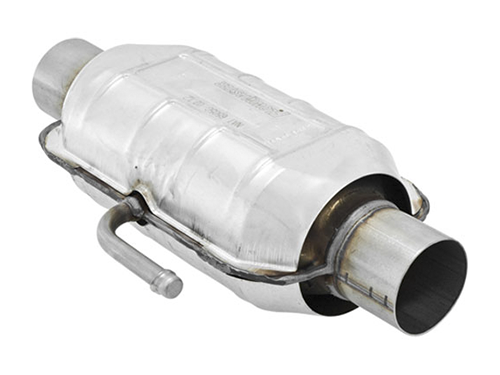
How Can I Diagnose a P0300 Code?
The first step in diagnosing a P0300 code is to use an OBD-II scanner. These handheld devices plug directly into a vehicle's on-board diagnostic II port and can provide you with the specific trouble code(s) your car's computer has stored.
While the P0300 code indicates a random or multiple-cylinder misfire, other related codes might give more specific information about which cylinder is affected.
Once identified, you should inspect your spark plugs, wires, and coils, looking for signs of wear, damage, or fouling. Next, consider checking the fuel system, including the injectors and fuel pressure.
Lastly, sensors like the MAF, oxygen sensors, and others related to ignition timing should be assessed. Remember, while some diagnostic steps can be done at home, others might require specialized tools or expertise.
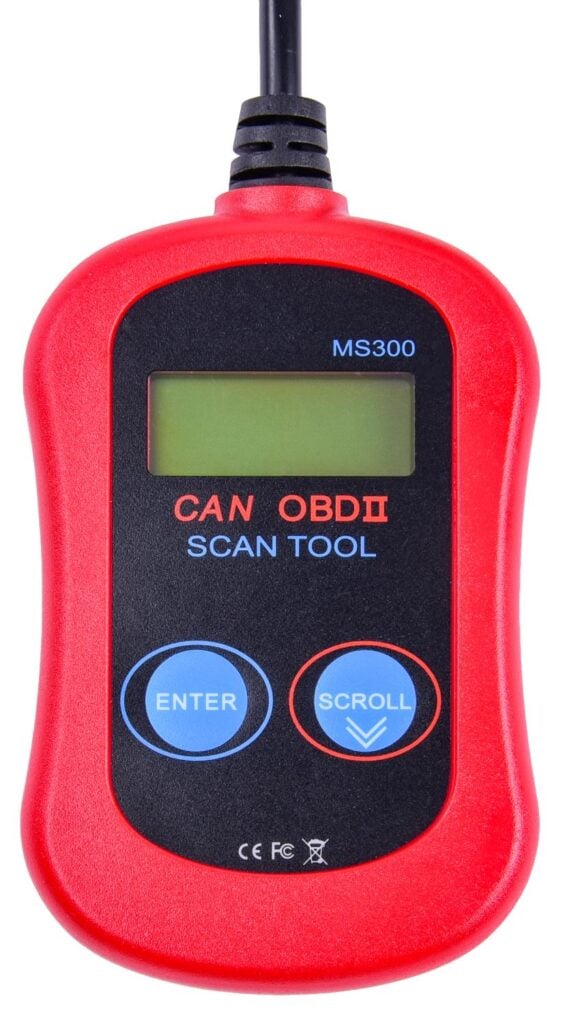
How Difficult is it to Inspect a P0300 Code?
The difficulty of inspecting a P0300 code really depends on the cause, as well as the tools at your disposal. Basic inspections, like checking spark plugs and wires for damage, are easy for most vehicle owners who are at least somewhat mechanically savvy.
However, a more demanding diagnosis, such as testing fuel injectors, assessing sensor functionality, or measuring fuel pressure, can be more challenging. These tasks often require specialized equipment and a deeper understanding of vehicle systems.
What's more, some problems might be intermittent, making them harder to detect without further observation or advanced diagnostic tools.
Ultimately, while initial inspections can be done by most, pinpointing the exact cause of a P0300 code might be best left to the experts.
JEGS: For All Your Automotive Needs
If you’ve made it this far, you should have a much better understanding of the P0300 engine code. While a random or multiple-cylinder misfire is important to address promptly, it doesn’t usually indicate catastrophic mechanical failure is right around the corner.
Still, if you don’t address a P0300 code, it’s very possible you start seeing more symptoms, such as sluggish or rough performance, poor fuel mileage, or increased emissions.
To help avoid long-term complications, we suggest diagnosing and addressing the cause as soon as possible.

